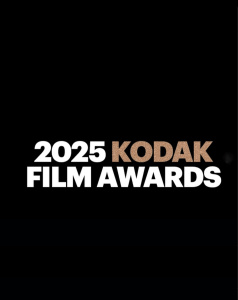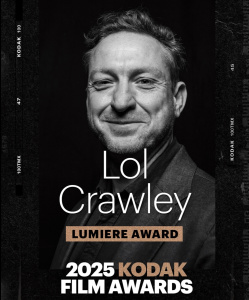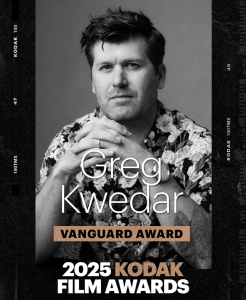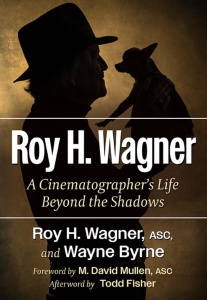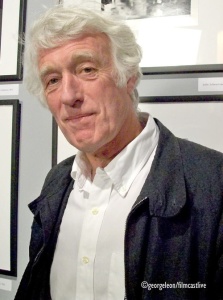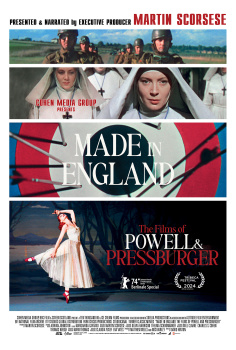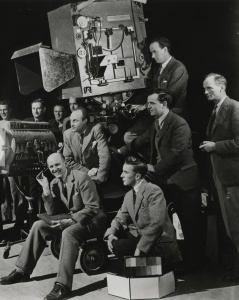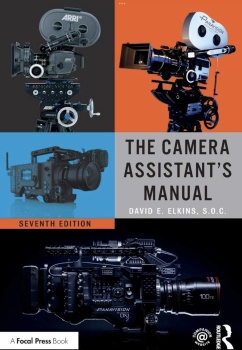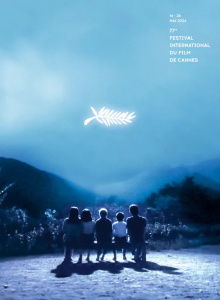
Until recently, the use of film for Motion Pictures allowed DOP's the greatest latitude. When lighting characteristics and exposure needs varied, the appropriate film stock could be selected to provide the optimum results. Filters could be used to fine tune the optimum results. Color timing in developing added further to the filmmaker’s options.
Now with the advent of Digital Motion Picture Cameras and a digital imaging device taking the place of film, DOPs no longer have the option of selecting the optimum film for their application. They must now deal with a one size fits all imaging device that is designed to replace all the various film types; what you see is what you get. This means that the use of filters regardless of the capture format rate is even more critical in achieving the desired results.
Because the imaging device is designed to be sensitive in low light conditions it is easily over exposed in bright situations. The Neutral Density filter is used to help control this situation as well as to gain more control over depth of field. Up to now ND filters made with dyes did this job, but passed small amounts of red and near infra-red light to create their transitional slope between attenuating visual and passing infra-red.
 Sony F35
Sony F35In addition to the visual spectrum, digital imaging devices are sensitive to
Infra-Red. This
Infra-Red can have an effect on the quality and the color of the image. Digital imaging devices require higher grade neutral density filters but are sensitive to infrared
(IR). This
IR pollution has an adverse effect on the quality and the color rendition of the images – stealing contrast and color, resulting in unwanted color shifts.
Greens become a reddish muddy brown and blacks have a magenta hue. To combat this problem, some camera manufacturers use an IR blocking filter in front of the imaging device – most notably, the
Sony F23, F35 and the
Panavision Genesis. However, when you combine a neutral density filter with cameras containing a built in
IR blocking filter, the result is a spike in the near infra red.
 Putting Them to the Test
Putting Them to the TestArt Adams recently put Tiffen’s Full Spectrum IRND filters to the test on a Sony F35 – he compared them to our competitors! His results speak for themselves, but we want to show you anyway. Art tested the IR ND 2.1, and after white balancing (recommended) to remove the yellow-green cast, this was the result:
In his own words,
“This filter works perfectly.” “The Tiffen IR ND filters are the only filters that effectively cut far red contamination on those cameras [Panavision Genesis/Sony F35/F23].” “I have to state how impressed I am that they [Tiffen] came up with this dye formula to cut far red….” “That makes the Tiffen IRND filters the best choice …., and the fact that there’s no dichroic Hot Mirror coating reduces the cost ….”
In ConclusionThe Tiffen Full Spectrum IR ND filters extend the light transmission characteristics into the infra red region of the spectrum and are essential for the cinematographer using the Sony F23/F35 or Panavision Genesis to control the near infra red, particularly when using heavier densities. Tiffen Full Spectrum IRND Filters can be used in conjunction with the Tiffen Clear Hot Mirror for Digital Motion Picture Cameras using a CMOS chip sensor which does not use an internal IR Blocking filter such as the RED ONE and SI2K, to fully combat near and far IR pollution across the range. Tiffen Full Spectrum IRNDs are also manufactured in combination with the Tiffen Hot Mirror for ease of use in sunshades or smaller Matte Boxes when using these cameras.
These filters are manufactured using our proprietary lamination process, which means that each effect is captured between two pieces of glass, allowing us to grind and polish both surfaces to achieve perfect parallelism. For the cinematographer, this means worry free handling. These filters are made with Water White glass and are available in sizes 4x4, 4x4.650, 5.65x5.65, 6.6x6.6, 138mm, 105C, & 77mm.
 Panavision Genesis
Panavision GenesisArt Adams is a well-respected Director of Photography and has over 25 years experience in the film industry. He has many feature film and television credits and is currently focusing his energies on high end corporate productions, as well as, special venue and blue/green screen production. He is a regular Contributor for ProVideo/Cinematography Coalition where you can view complete test results at
http://provideocoalition.com/index.php/aadams/story/f35_ir_filter_shoot_out/. You can read more about Art at
www.artadams.net.
 Until recently, the use of film for Motion Pictures allowed DOP's the greatest latitude. When lighting characteristics and exposure needs varied, the appropriate film stock could be selected to provide the optimum results. Filters could be used to fine tune the optimum results. Color timing in developing added further to the filmmaker’s options.
Until recently, the use of film for Motion Pictures allowed DOP's the greatest latitude. When lighting characteristics and exposure needs varied, the appropriate film stock could be selected to provide the optimum results. Filters could be used to fine tune the optimum results. Color timing in developing added further to the filmmaker’s options. Putting Them to the Test
Putting Them to the Test










